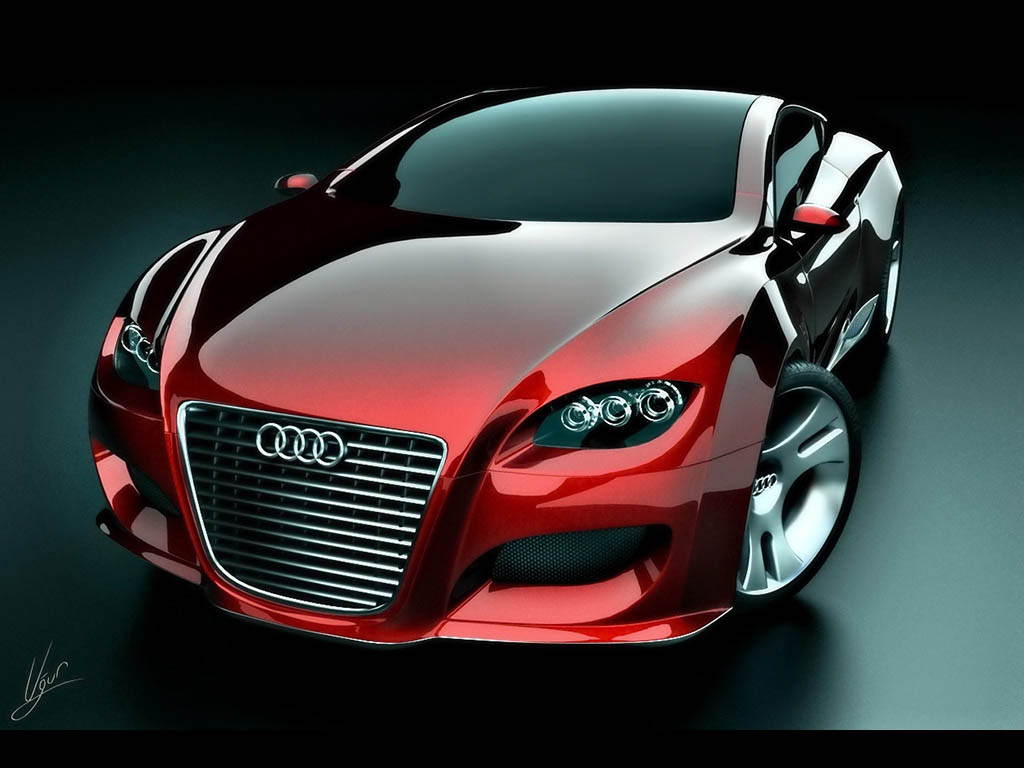
Concept cars, or cars designed according to a certain theme or older model, are by and large prototypes introduced at car and motor shows to estimate consumer response and appeal.
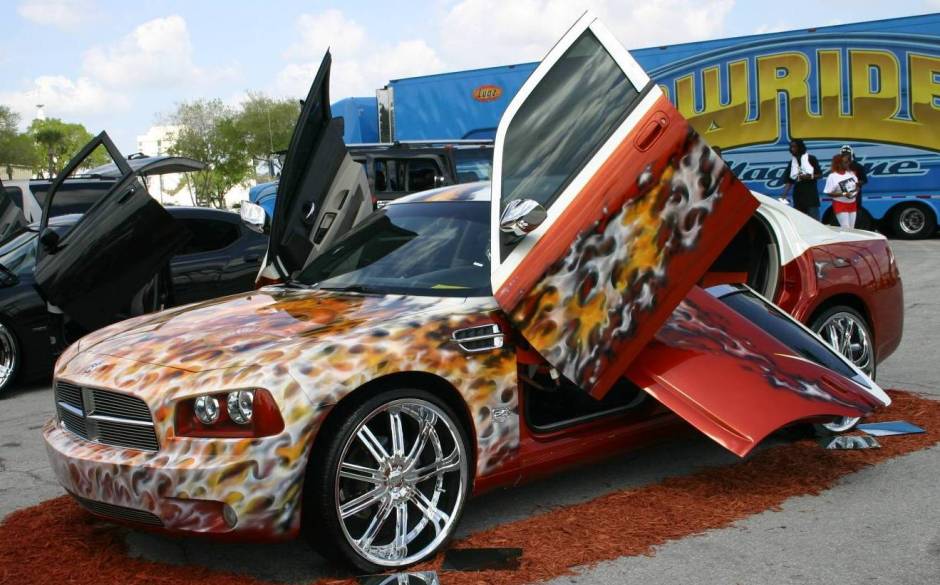
Combining the best of modern technology with the sleek lines of tried and time-tested cars from the past, concept cars are often tentative feelers put out by automobile companies to test the waters before 'diving' into serious production.

The automobile industry being a multi billion dollar industry, car manufactures alike see the benefit of these widely attended car shows. The manufactures have an opportunity to gleam a great deal of valuable information from these shows at a relatively low cost.
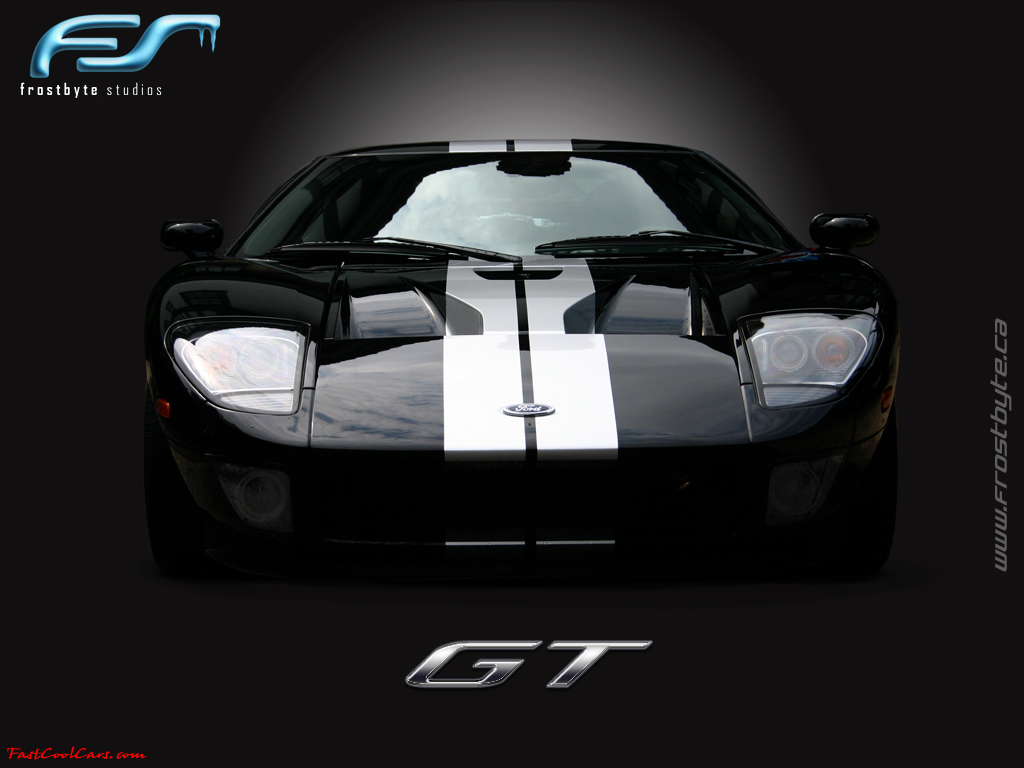
Concept cars were first introduced by designer Harley Earl of General Motors in the 1950s. It was for the concept of a car that offered buyers state-of-the-art motor car engineering in a new design which was really a version of a senior theme. This gained almost instant popularity with the universal public.
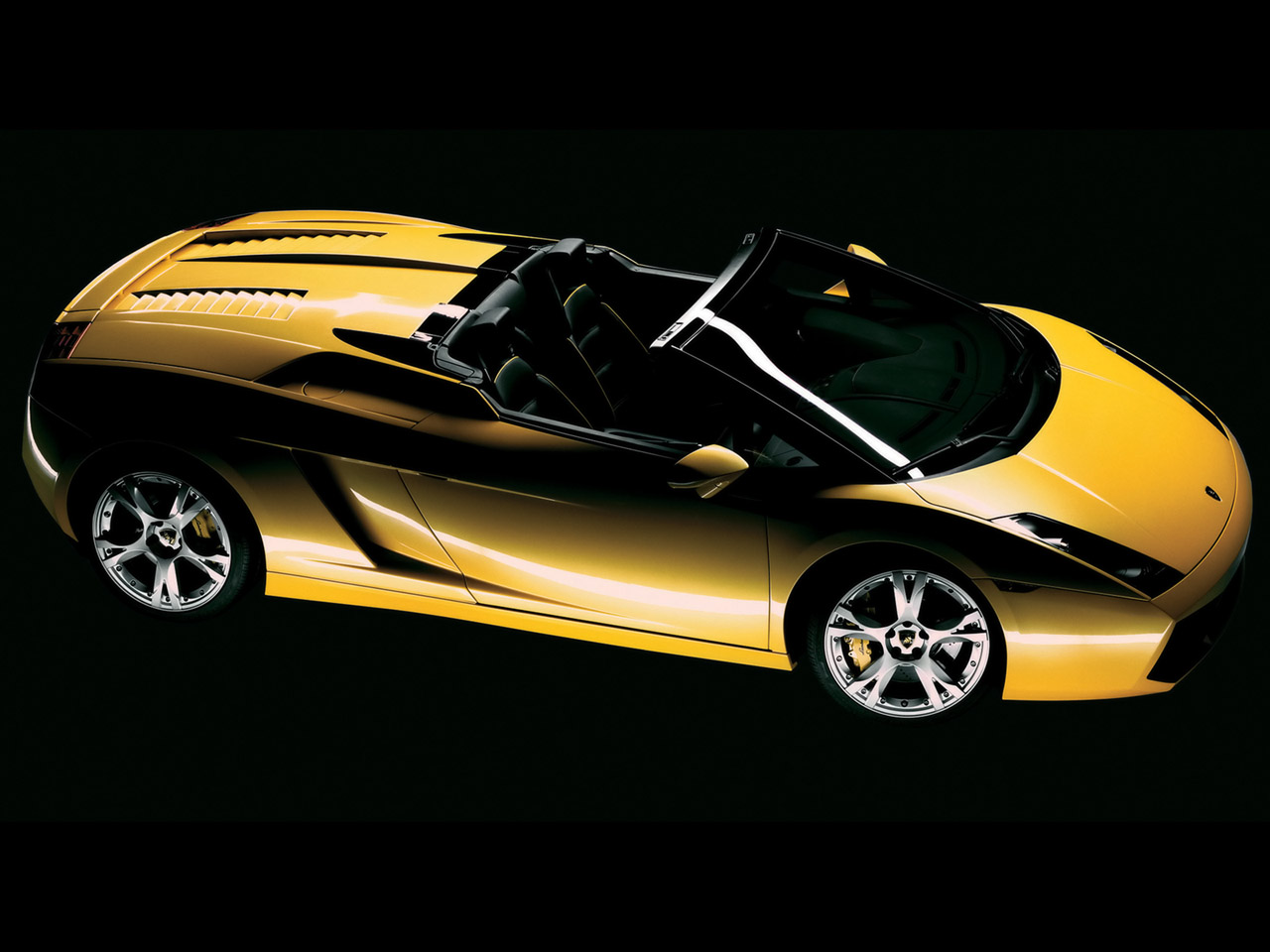
Recognizing a winning horse when they saw one, General Motors further publicized the concept and their car, through its traveling Motorama shows of that period. Beautiful to behold, concept cars show off radical, futuristic designs, powerful engines and sometimes even controversial technology.
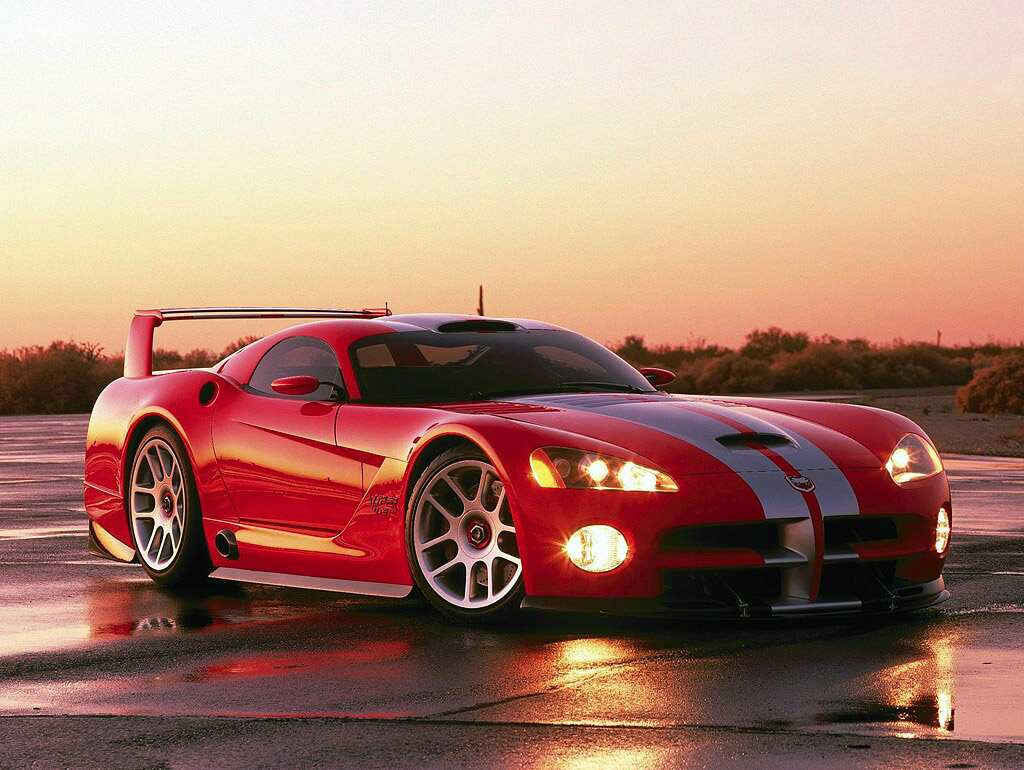
However, alluring as these concept cars may appear under the spotlight, many of them often obtain changes before being put on the production line by their manufacturers, and all of them are subjected to alterations that make them more suitable, and affordable, to their target markets.
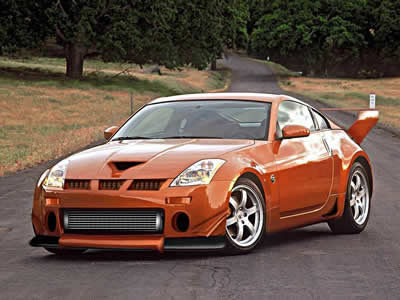
An from the eyes of the public these changes to the car are often very drastic changes. This of course, is after the study of the data from these shows. Which again as become a valuable asset to the car manufacturers. These car shows alone save the manufacturer several million dollars. Just knowing that a car is not deemed acceptable or needs a few modifications before going to production.

The majority of concept cars seen at auto exhibitions such as the Geneva Motor Show are the dream rides of automobile fans and racing enthusiasts, but are more often than not only show models made of wax, clay, metal, fibreglass and plastic. In fact many concept cars never even reach this phase due to impractical design glitches and price factors.
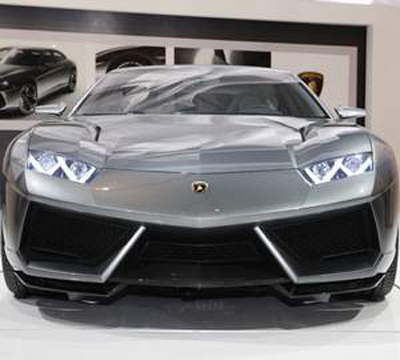
An interesting example of an old, functional concept car being brought back into service would be the 1954 Ford Lincoln Futura, which after having been stored in the North Hollywood car shop of George Barris came out of storage to stand up to stardom as the Batmobile of the 1966 Batman series on the ABC TV Network.





0 comments:
Post a Comment